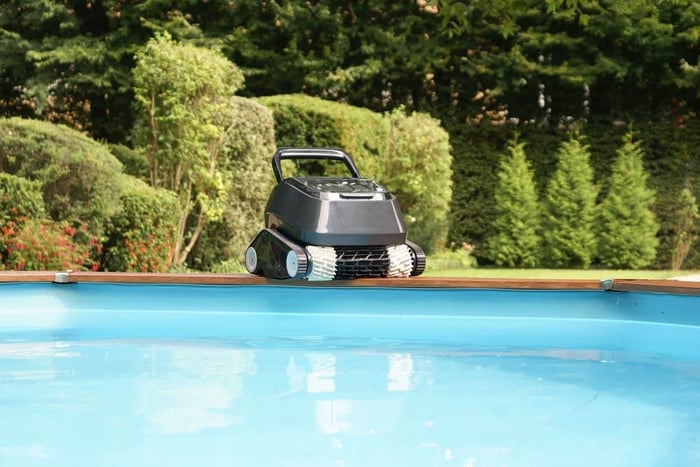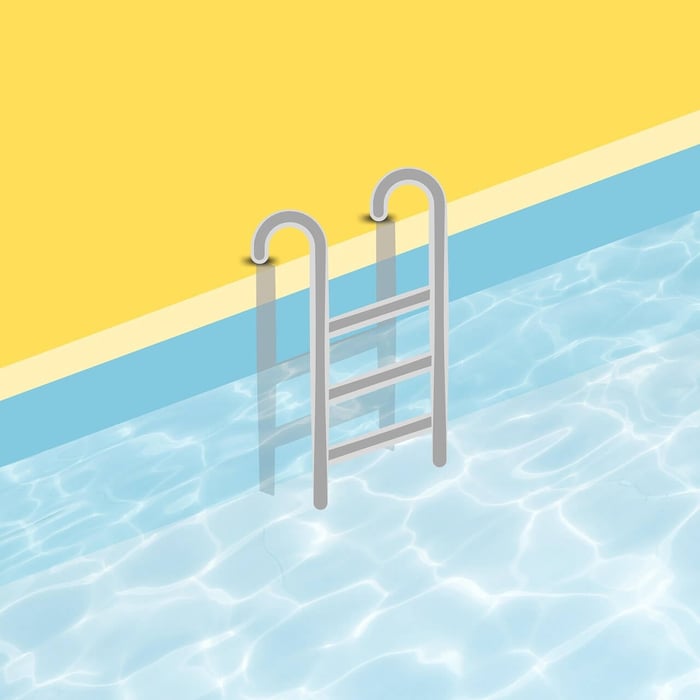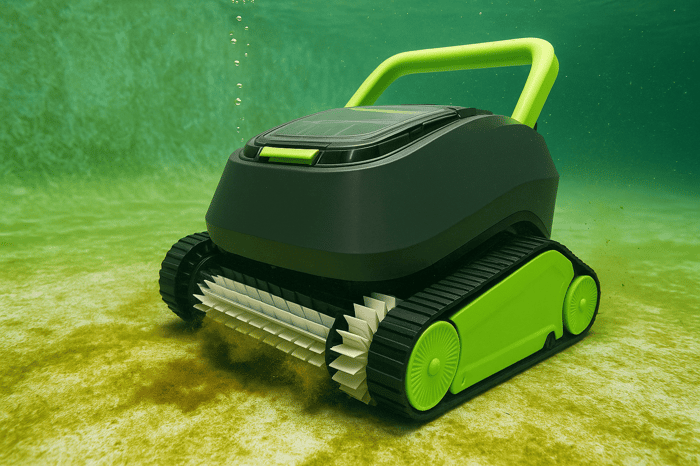If you’ve invested in a pool—or are responsible for maintaining one—you’ve probably heard of the robotic pool cleaner. It’s the gadget many pool owners swear by: just drop it in, turn it on, and return to a spotless swimming experience. But how well do these devices actually work when it comes to real-world messes—like soggy leaves, gritty sand, and slimy algae?
In this post, we’ll go beyond marketing claims and dive into the actual performance of these machines based on tests, user reports, and technical reviews. If you’re considering one of these for your own backyard, here’s what you need to know.
How a Robotic Pool Cleaner Works
At its core, a robotic pool cleaner is a self-contained unit that uses electric power, suction motors, rotating brushes, and navigation software to clean your pool. Unlike suction-side or pressure-side cleaners, which depend on your pool’s filter system, a robotic model plugs into a standard power outlet and runs independently.
Most modern units are capable of:
Cleaning the pool floor, walls, and sometimes the waterline
Filtering out debris through an internal basket or mesh cartridge
Using sensors or smart mapping to cover the full area efficiently
Climbing walls and navigating corners with specialized treads
Premium models—like the Black Pearl Ultra—also include features like antimicrobial brushes, extended battery life, and high-capacity filter baskets.
Test #1: Leaves – The Fall Season Challenge
Falling leaves are the #1 nuisance for many pool owners. They clog skimmers, dirty the bottom, and create maintenance headaches during spring and fall.
So, can a robotic pool cleaner really handle them?
✅ What Worked
Models with extra-wide intake ports sucked up large and small leaves with ease.
Cleaners with top-loading debris baskets made removal and rinsing simple.
Smart navigation systems ensured even coverage to collect scattered debris.
⚠️ What Didn’t
Entry-level models with narrow intake vents often clogged on bigger leaves.
Wet leaves occasionally bunched up in corners or steps where cheaper models struggled to reach.
👉 Verdict: Most robotic cleaners perform well with dry or semi-wet leaves—especially if you use the device regularly to prevent buildup.
Test #2: Sand – The Invisible Invader
If your pool is near the beach, a construction site, or even just a dusty yard, sand and fine debris can settle on your pool floor quickly.
Unlike leaves, sand can be deceptive—it’s lightweight, gets kicked up easily, and often settles into textured surfaces.
✅ What Worked
Fine mesh filters were crucial. Cheap foam or loose filters allowed particles to escape.
Powerful suction motors and directional vacuuming helped trap small debris effectively.
Brush-equipped models agitated fine sand stuck in pool crevices before suctioning it up.
⚠️ What Didn’t
Some automatic pool cleaners lack sufficient suction and simply scattered the sand.
Units with worn filters or overloaded baskets missed smaller grains after just 30 minutes of use.
👉 Verdict: Choose a robotic pool cleaner with fine particle filtration and brush agitation if sand is a common issue in your area.
Test #3: Algae – A True Tough Guy
Algae is every pool owner’s worst enemy. Green, black, or yellow—no matter the strain, it thrives in shade, sticks to pool walls, and ruins water clarity. But can your pool robot help fight it?
✅ What Worked
Rotating or vibrating brushes (like the GELPRO brushes on the Black Pearl Ultra) agitated early algae biofilm and light buildup.
Models that clean walls and waterlines helped reach trouble spots where algae starts.
Frequent robotic cleaning aided water circulation, reducing stagnant areas.
⚠️ What Didn’t
No robot (at any price) can kill algae—only chemicals can do that.
If the algae layer is thick, robotic cleaners slide over it or get clogged by the slime.
👉 Verdict: A robotic cleaner won’t replace proper chemical treatment, but regular use can keep algae from building up in the first place.
So Which Type of Cleaner Do You Need?
| Debris Type | Best Features to Look For |
|---|---|
| Leaves | Large intake vents, wide rollers, top-access baskets |
| Sand | Fine particle filters, strong suction, active brushes |
| Algae | Wall-scrubbing ability, rotating brushes, antimicrobial materials |
For pools with all three problems? Go premium. It’s worth the investment.
The Black Pearl Ultra: One Cleaner, All the Answers
If you’re shopping for an all-in-one solution, the Black Pearl Ultra stands out.
Why?
Scrubs floor and walls (up to 10 ft deep)
Removable 7-quart filter basket handles large debris loads
GELPRO anti-microbial brushes help disrupt algae biofilm
Battery-powered with external housing = larger debris chamber
Runs up to 150 minutes per charge
And it's backed by 2-year manufacturer coverage for peace of mind.
Final Verdict: Do They Really Work?
Here’s the bottom line:
| Debris | Does It Work? |
|---|---|
| Leaves | ✅ Yes, with proper intake design |
| Sand | ✅ Yes, if equipped with fine filtration |
| Algae | ⚠️ Helps prevent, but doesn’t replace chemicals |
If you're willing to invest in a quality robotic pool cleaner, you can eliminate 80–90% of your regular cleaning tasks. It’s not magic—it’s just smart pool care.
FAQs
Q: Can a robotic cleaner remove wet leaves?
Yes, but you'll need one with wide suction ports and a strong motor.
Q: Does it work on pebble or textured surfaces?
Yes, premium models can clean textured pools effectively.
Q: Do I still need to brush or shock my pool?
Yes. Even the best robotic cleaner should be part of a full maintenance routine.




